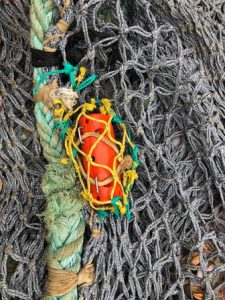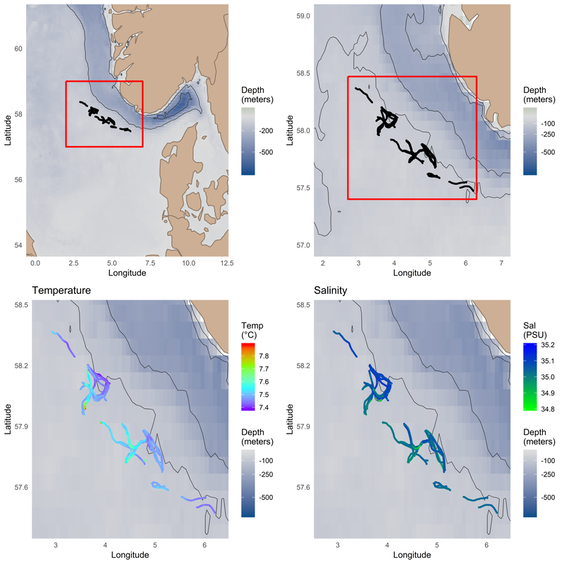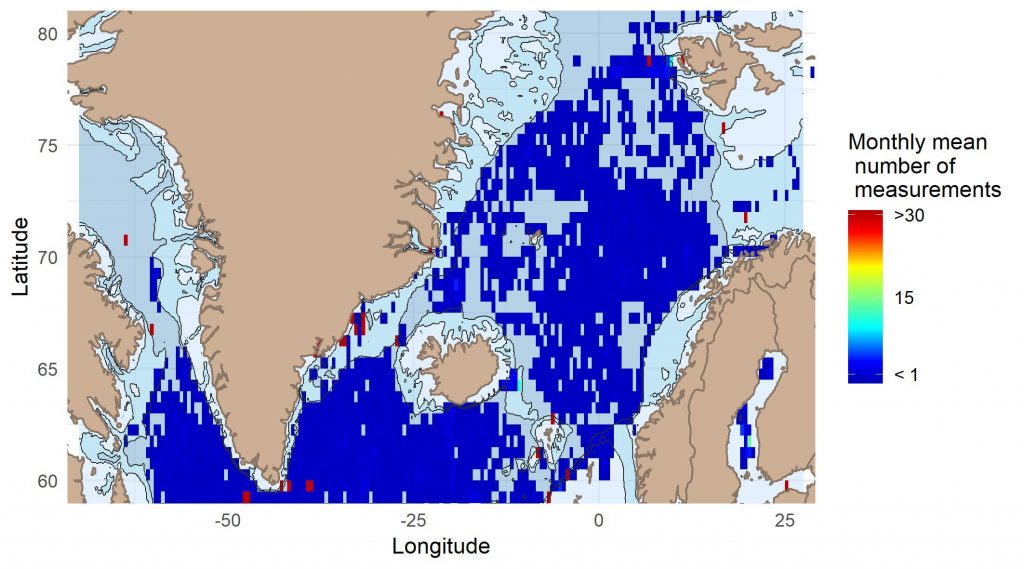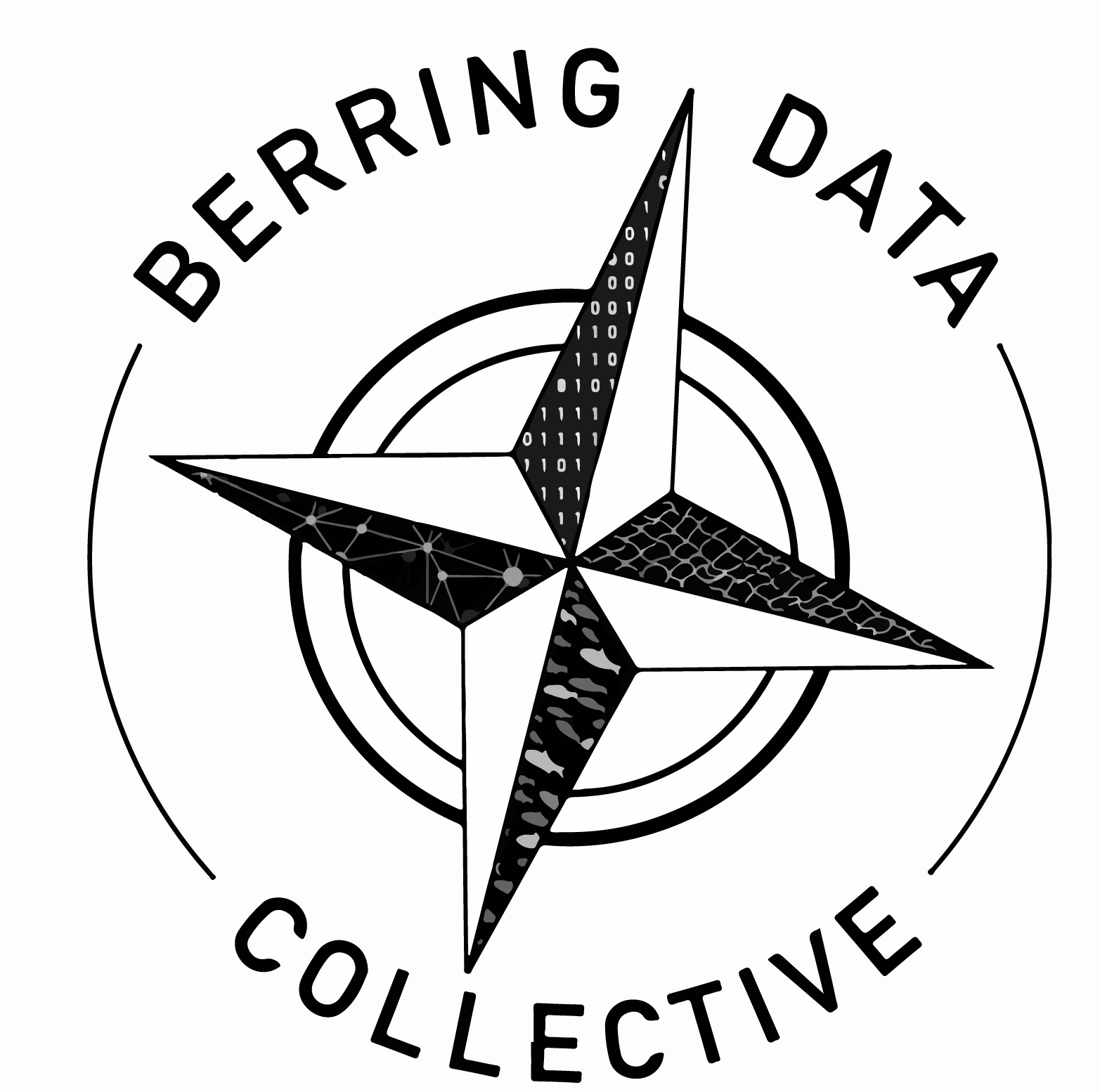OUR DATA
SUPPORTS
FISHING INDUSTRY


OCEANOGRAPHY AND OCEAN OBSERVATION
Fishing activities are already taking place not only where data is lacking but also where it is needed most by ocean model and forecast users: in the dynamic shelf seas and coastal regions. While the deep oceans are best covered by autonomous Argo floats, fishing coverage is often over an order of magnitude higher than today’s observation coverage in shallower seas.


Collaborative data collection with the fishing industry presents an opportunity to supplement the ocean observation systems of today. Data collection opportunities are not limited to sub-surface physical parameters, but can also be extended to co-locate a range of Essential Ocean Variables.
CLIMATE CHANGE MONITORING
The importance of monitoring our oceans cannot be overstated. The world’s oceans provide food, resources, and employment for billions. The ocean is also an essential climate regulator and our largest buffer against increasing global temperatures from carbon emissions. Roughly 93% of the excess heat and 30% of the carbon produced by climate change is absorbed into the ocean. However, this crucial buffering capacity could change due to shifts in ocean currents or ocean acidification. Recent studies have shown large errors in prior ocean models (Cheng, et al. 2019, Lozier, et al. 2019). These models are built and run with inadequate data, directly decreasing the accuracy of the Intergovernmental Panel on Climate Change (IPCC) reports (Lozier, et al. 2019).

The current state of the art in autonomous and cost effective ocean data collection technologies cannot operate around sea ice, where it is of the utmost importance to monitor climate change processes. Fortunately, fishing vessels often prefer to fish the ice line, providing an opportunity to get data where it is needed most.
FISHERIES SCIENCE
Hydrographic data coupled directly with fine scale catch data is a key step forward in the implementation of Ecosystem based fisheries management. Oceanographic data measured with the sensors can be directly correlated to the catches, enabling greater insight into when and where which fish species are. This means quotas can be improved and by-catch avoided more effectively, leading to an overall improvement of ocean health.

Fishermen getting paid to collect data and doing it on their own terms flips the current paradigm of top-down fisheries data collection. Involving fishermen in the scientific process leads to increased stakeholder involvement, improved dialogue between fishermen and scientists, and better compliance with regulations.
Greater insight for scientists, more precise and higher average quotas for fishermen.
